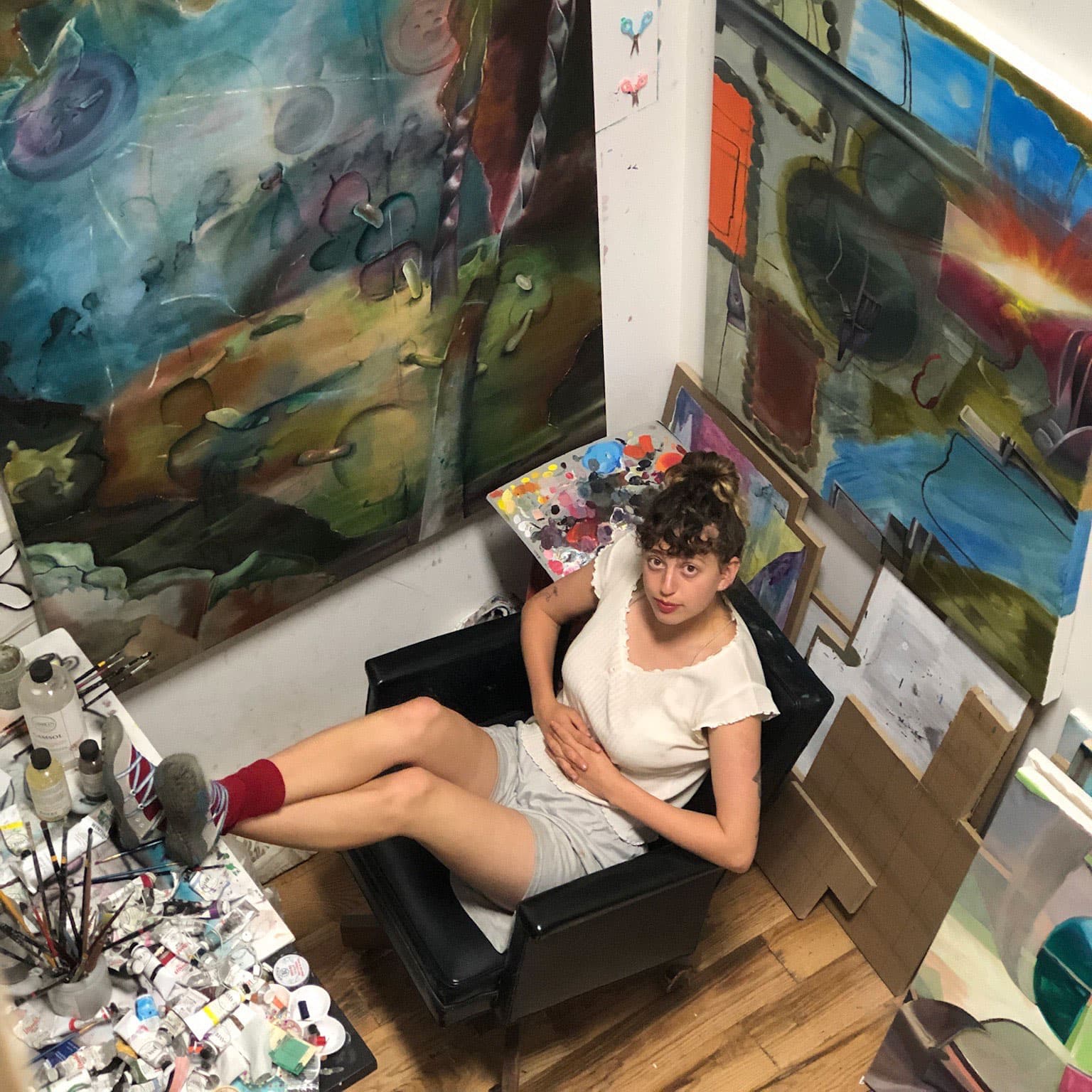
Artist Profile
Kati Kirsch
Born in Washington, D.C.; based in Brooklyn, NY
Kati Kirsch produces hypnotic paintings of inanimate objects, organic forms, and abstract shapes. Using a unique soft-focus painterly technique, the artist renders common items and motifs with a certain fuzziness—as if they are slightly shifting or rocking on her canvases. Deliberately smudged marks, layers of blurred imagery, and occasional found objects or mixed materials distinguish her oil paintings that are perplexing and delightful in their strangeness. Zooming in on familiar toys, insects, hearts, flowers, birds, diamonds, and the like, Kirsch focuses the viewer’s eye on oddities that are typically relegated to the periphery of human consciousness. Each work seems to land somewhere between figuration and abstraction; between a 21st-century hazy snapshot and a 20th-century Surrealist painting. The artist turns obscure moments that might otherwise be disquieting into scenes of joy and wonder—demonstrating what profundity can be found within the illogical and intangible.
Available Works
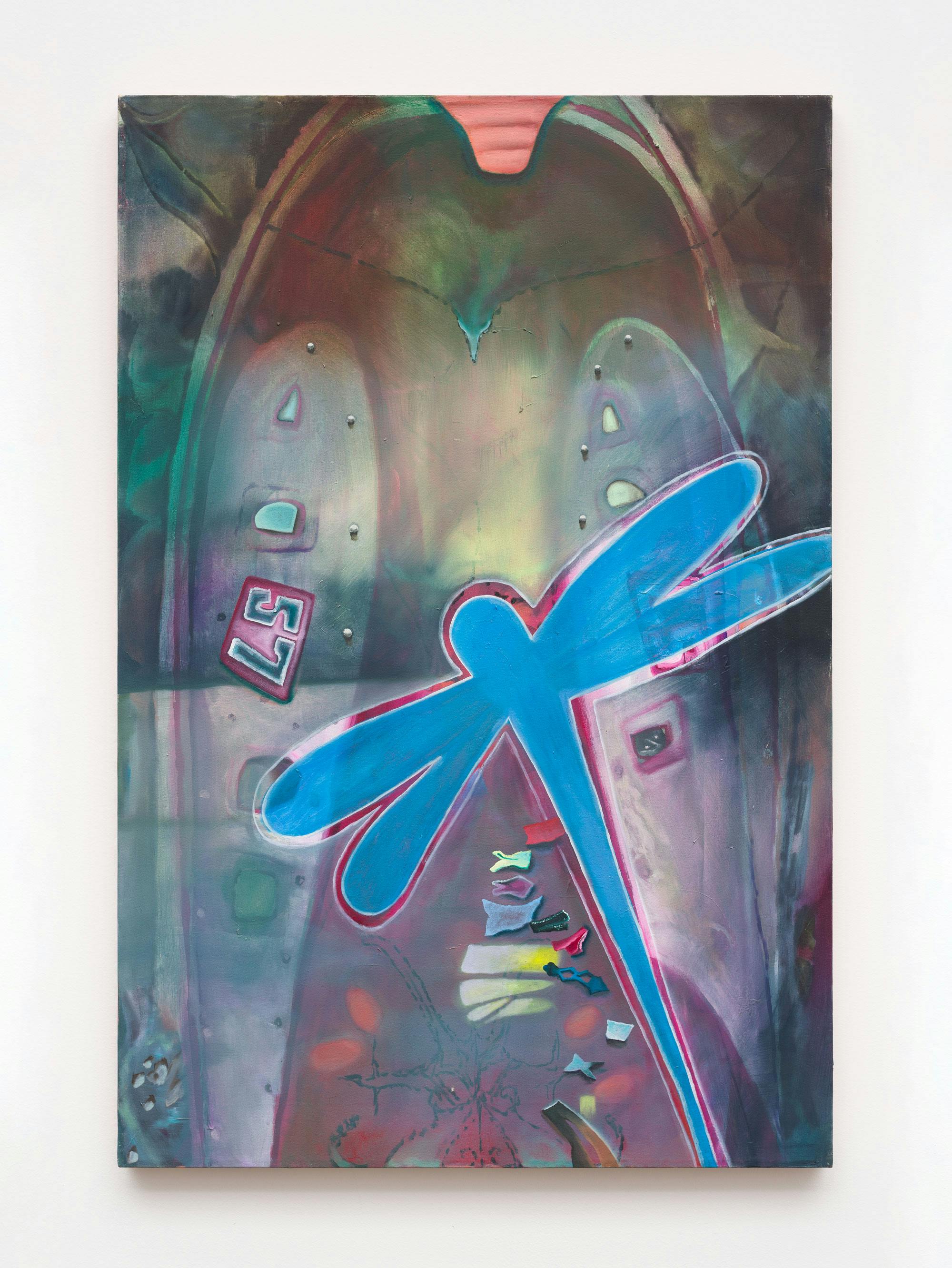
Kati Kirsch
57, 2023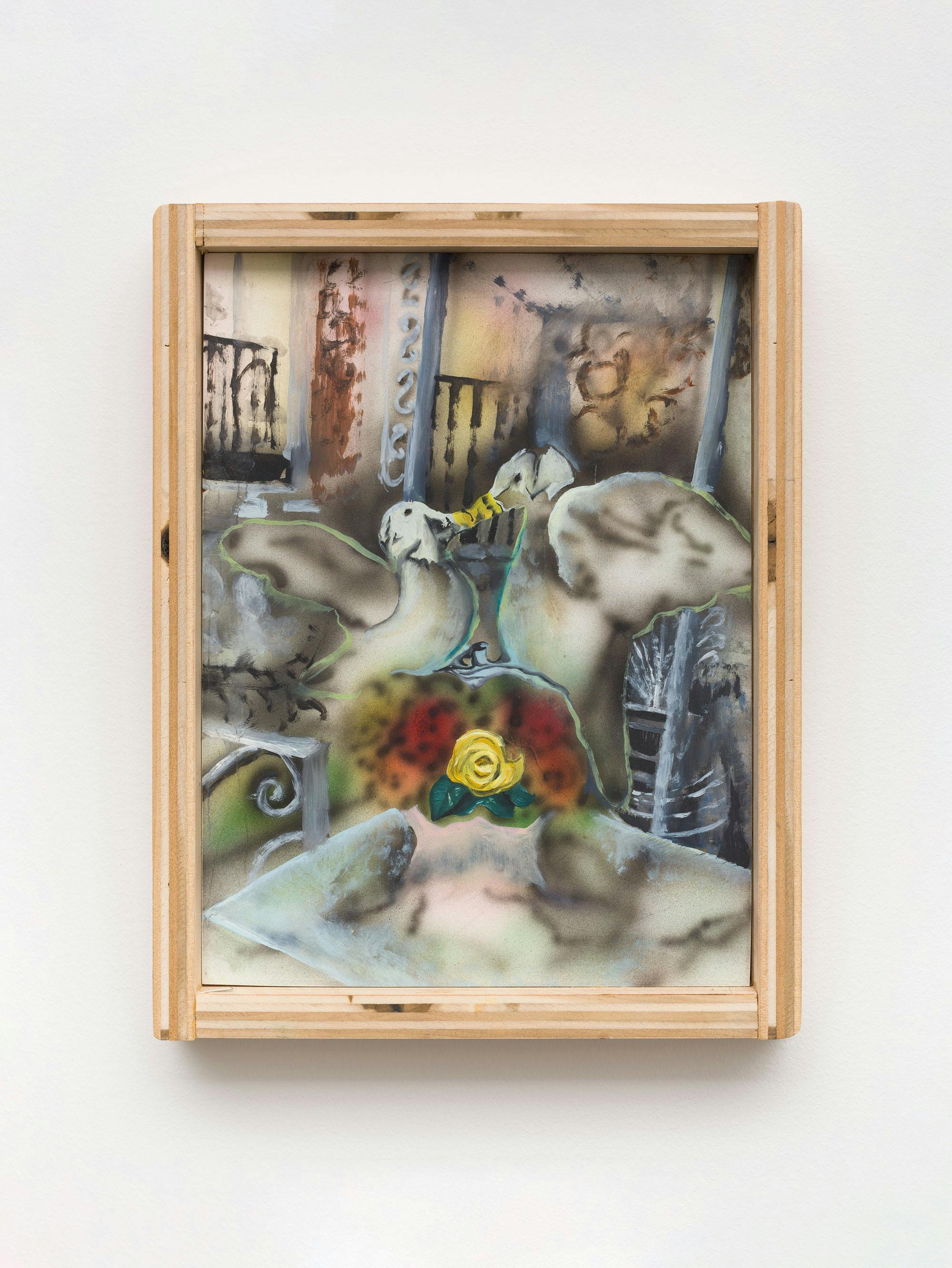
Kati Kirsch
Devotional, 2021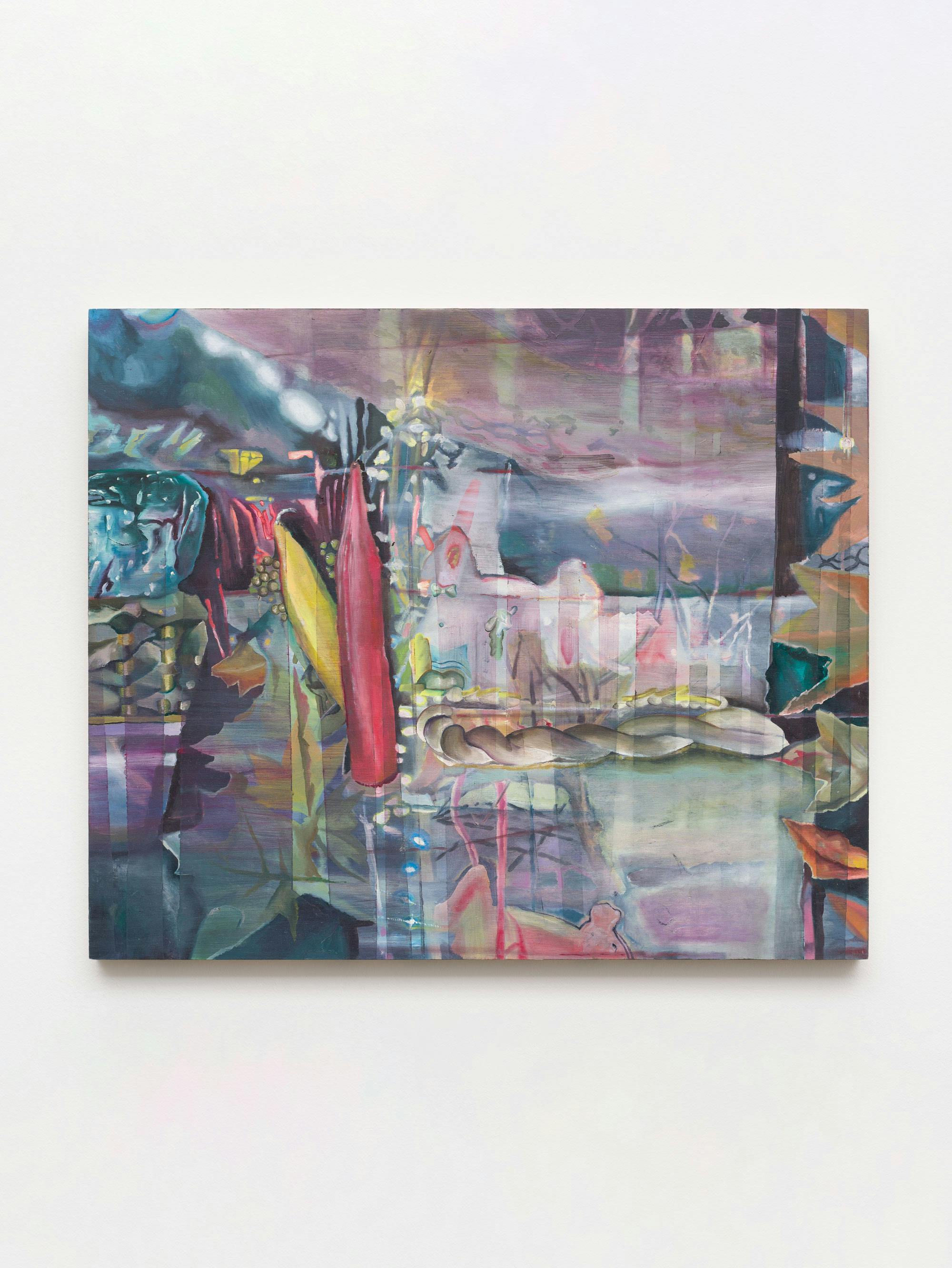
Kati Kirsch
X, Y, 2023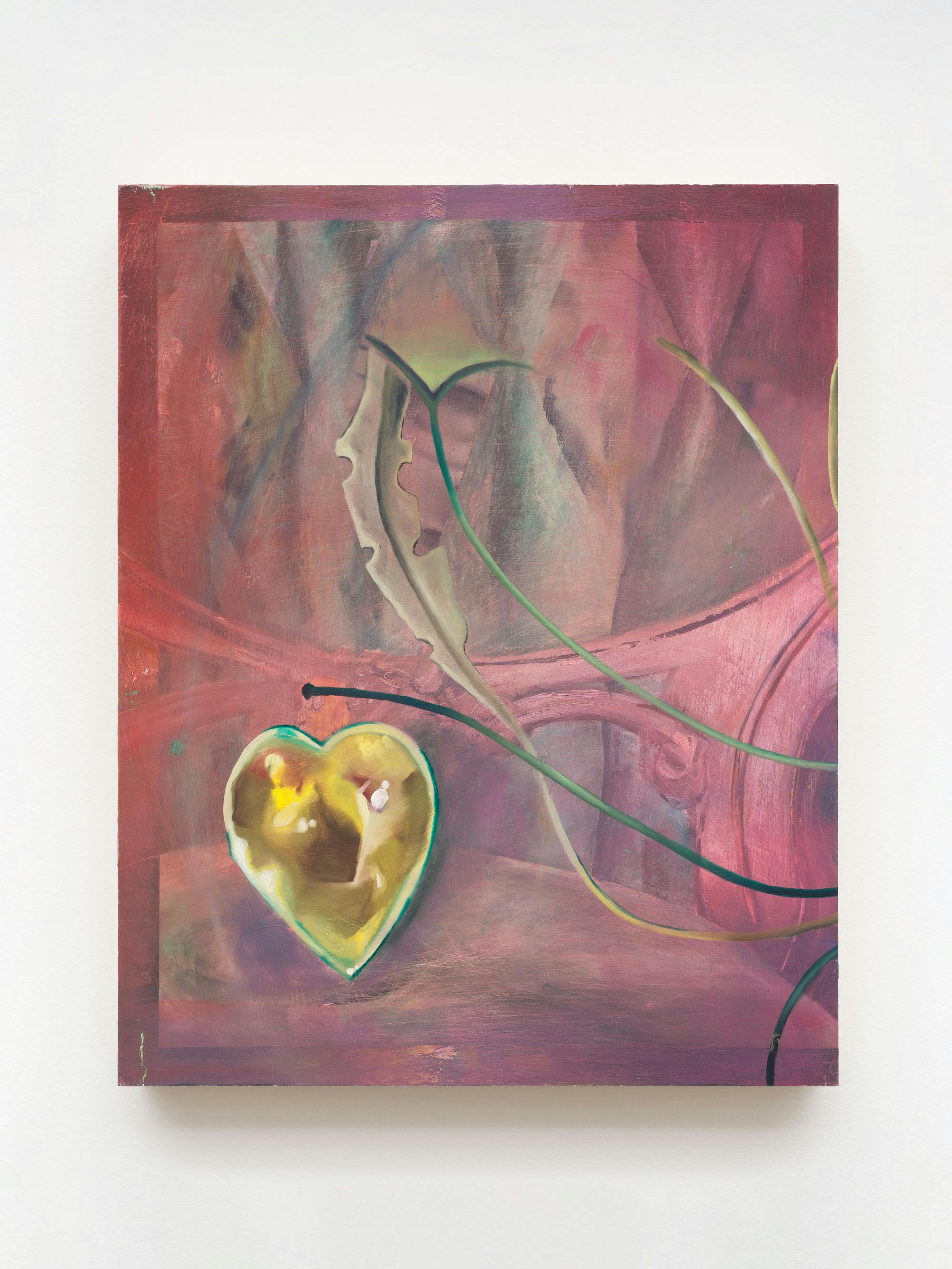
Kati Kirsch
Tank, 2023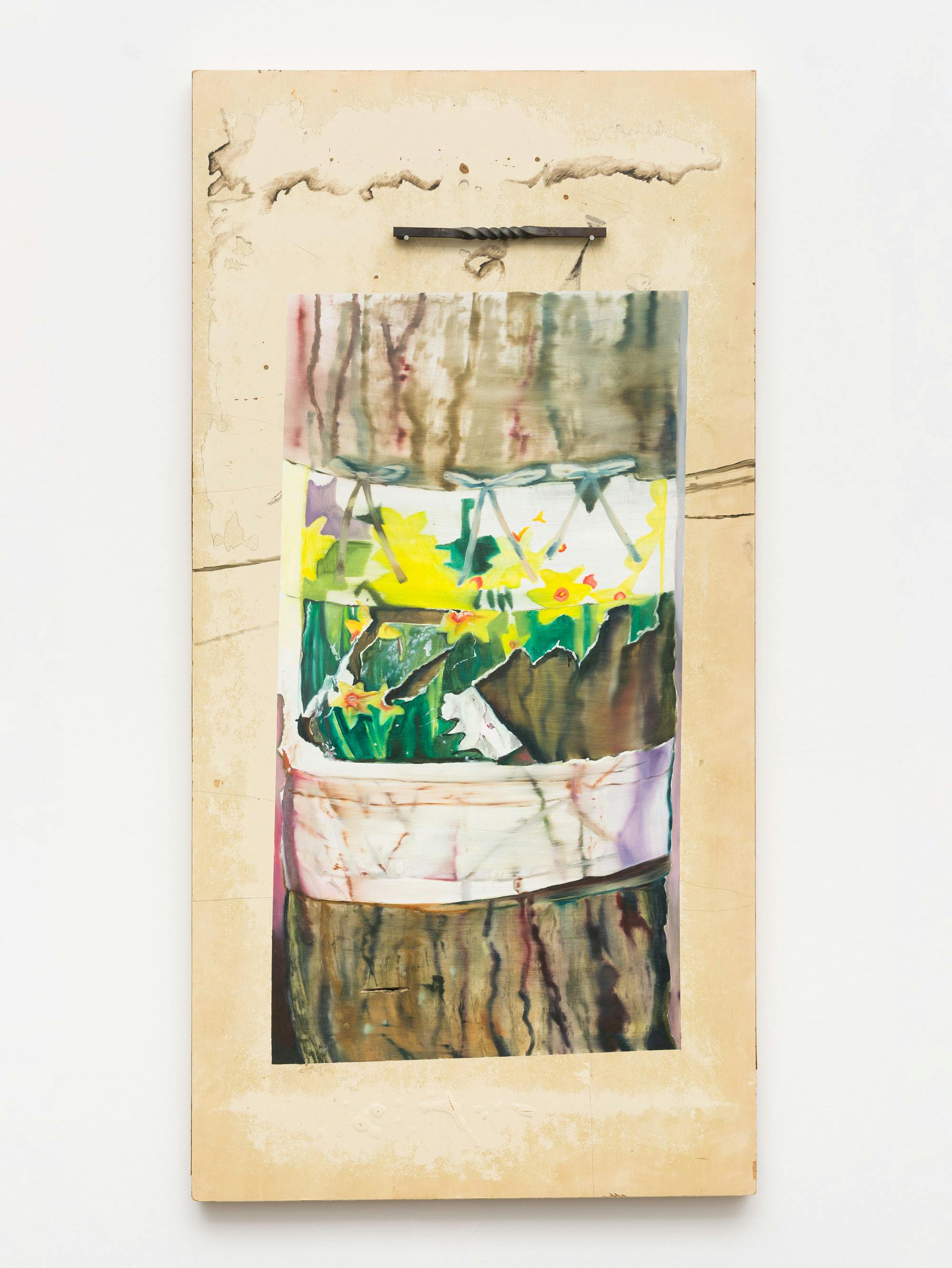
Kati Kirsch
Growth Chart, 2023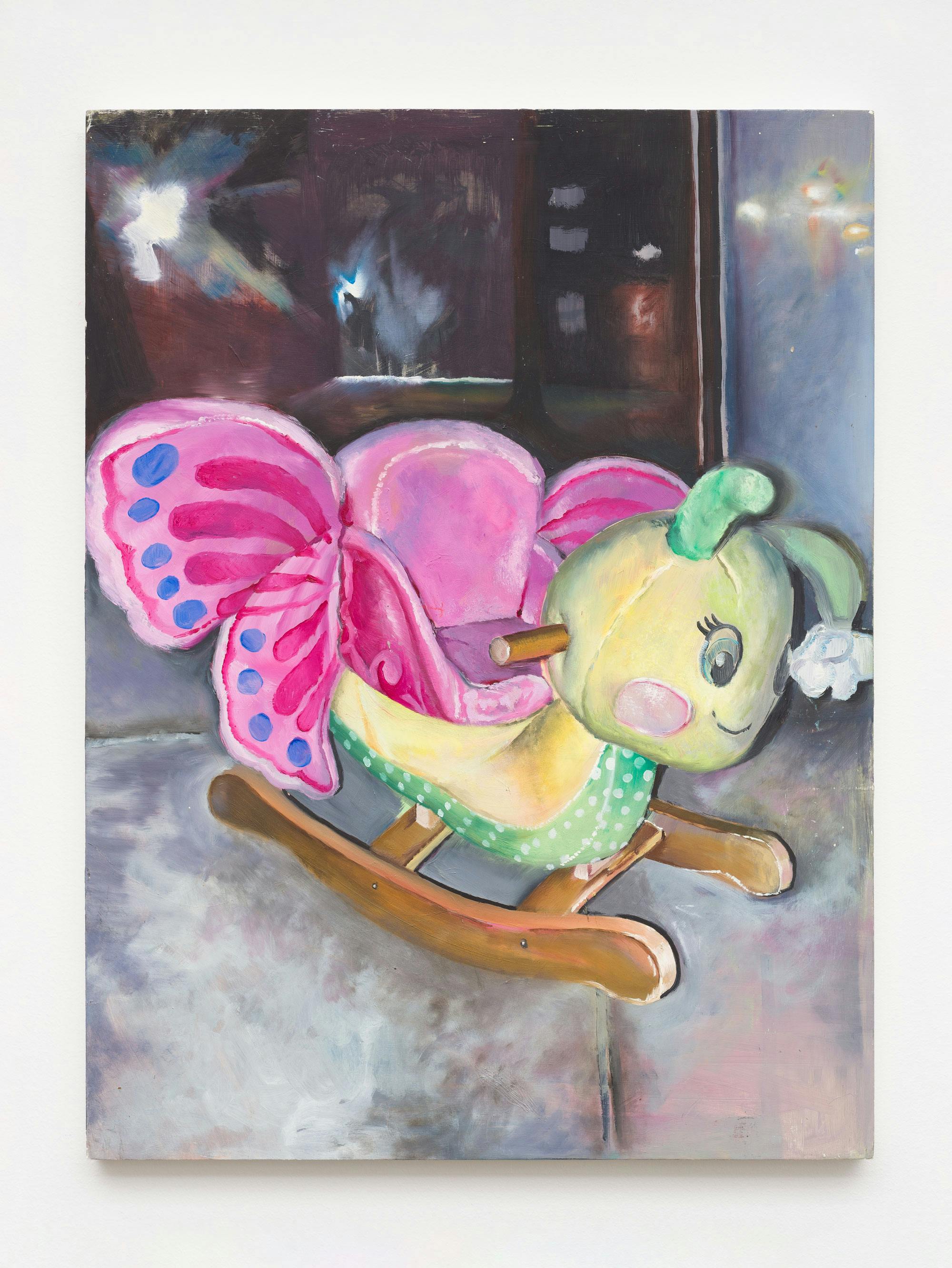
Kati Kirsch
Long Term Happiness Plan, 2022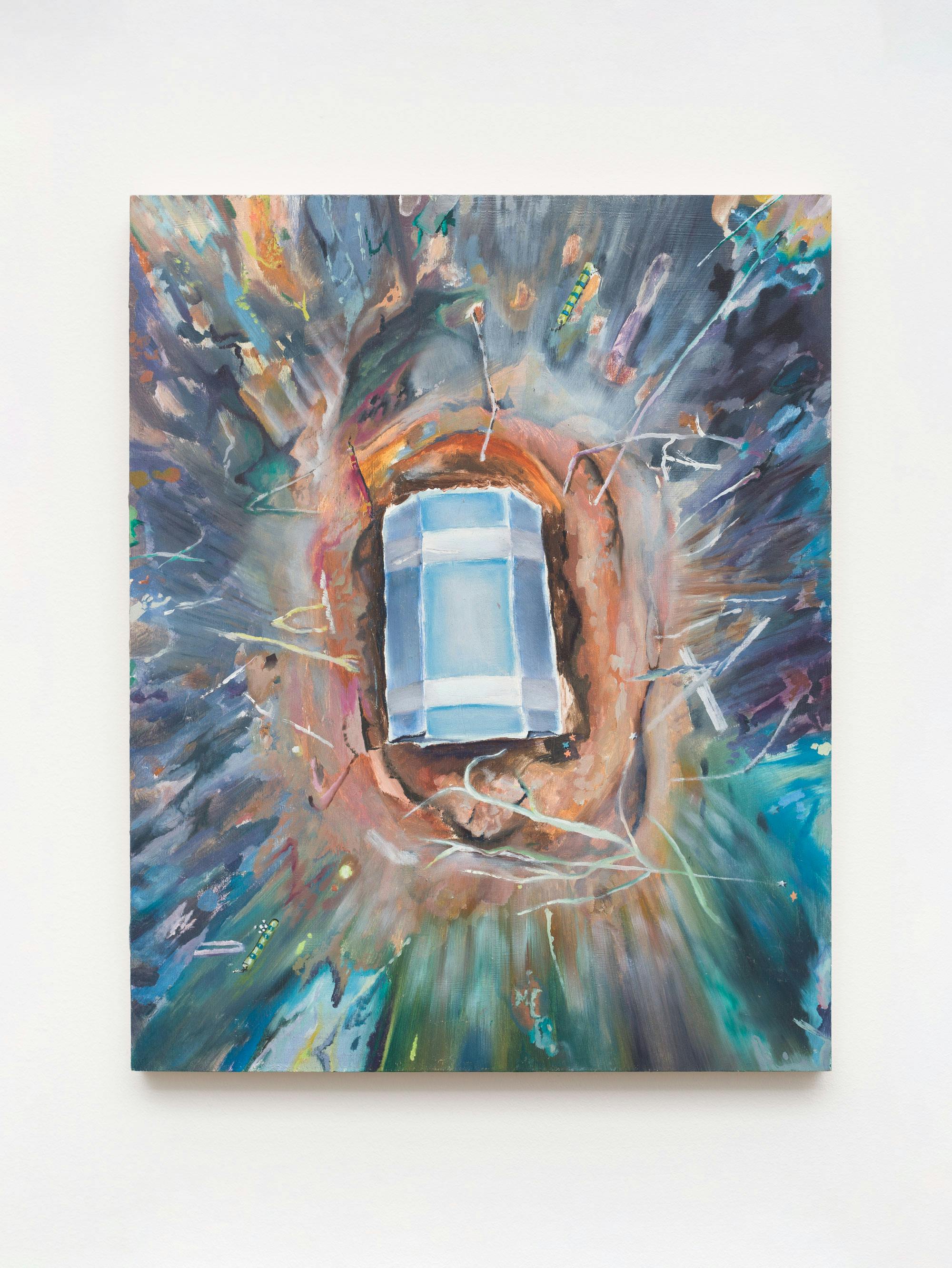
Kati Kirsch
Life Cycle, 2023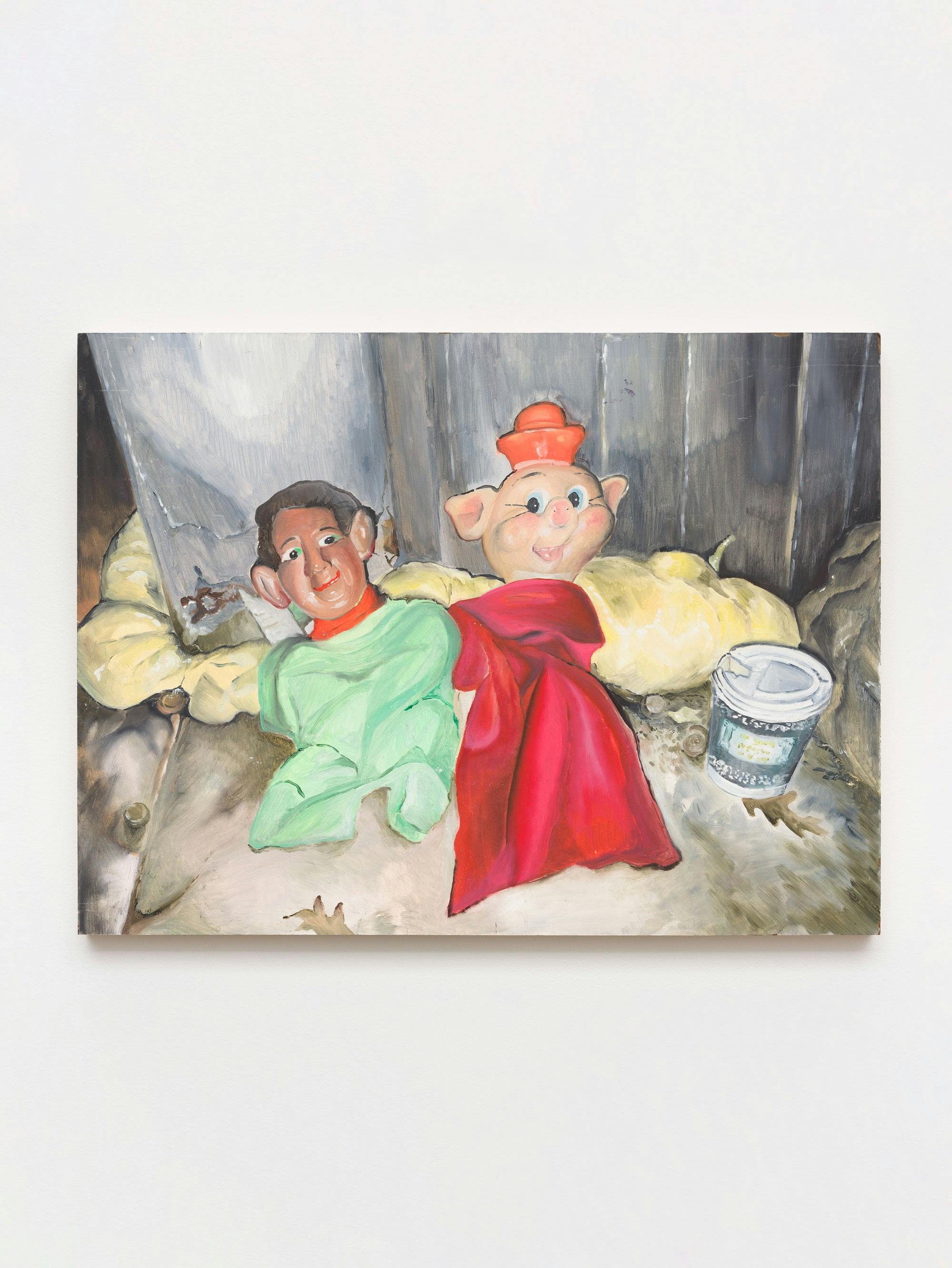
Kati Kirsch
Bug World, 2021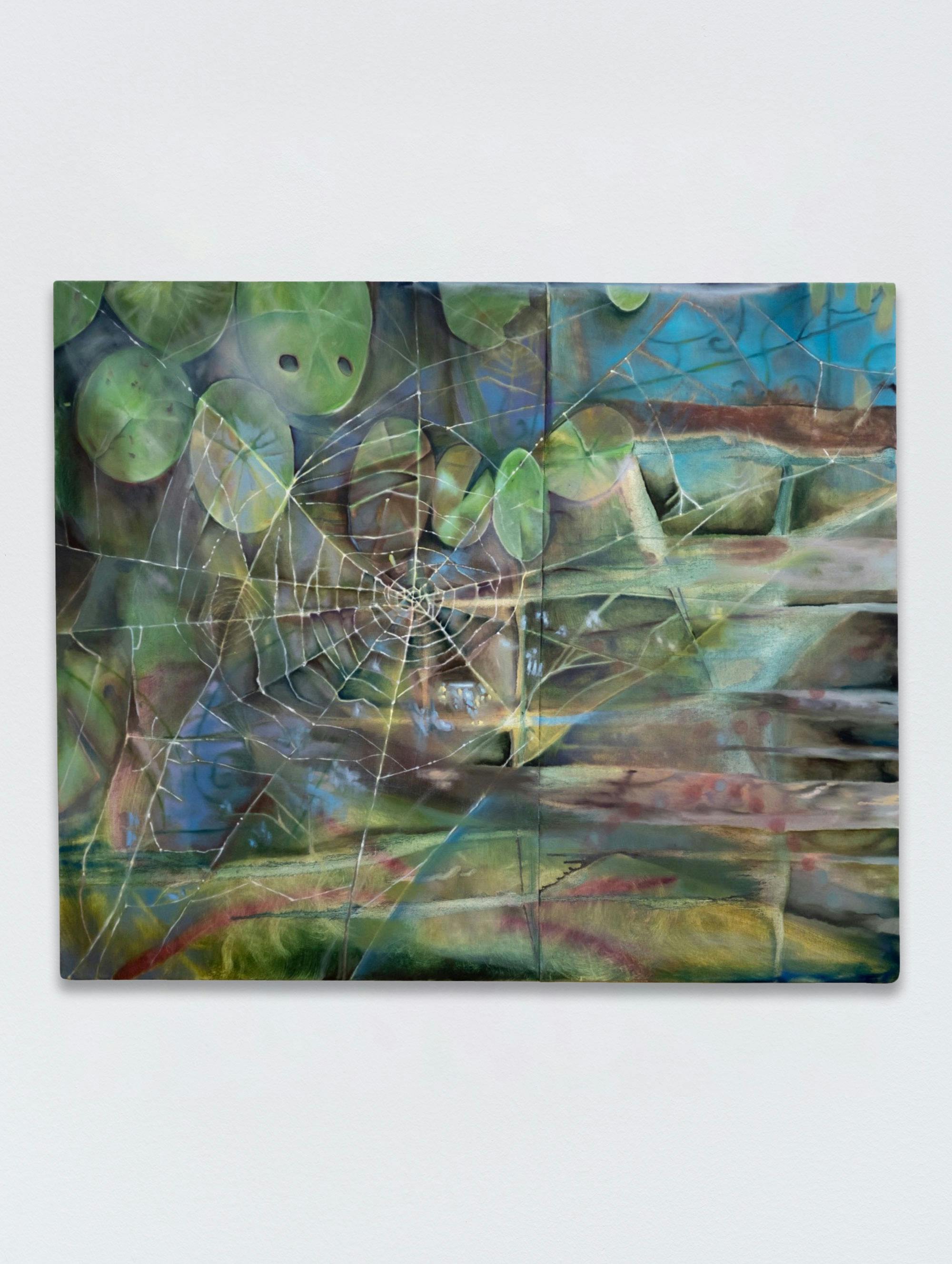
Kati Kirsch
Pie Chart, 2023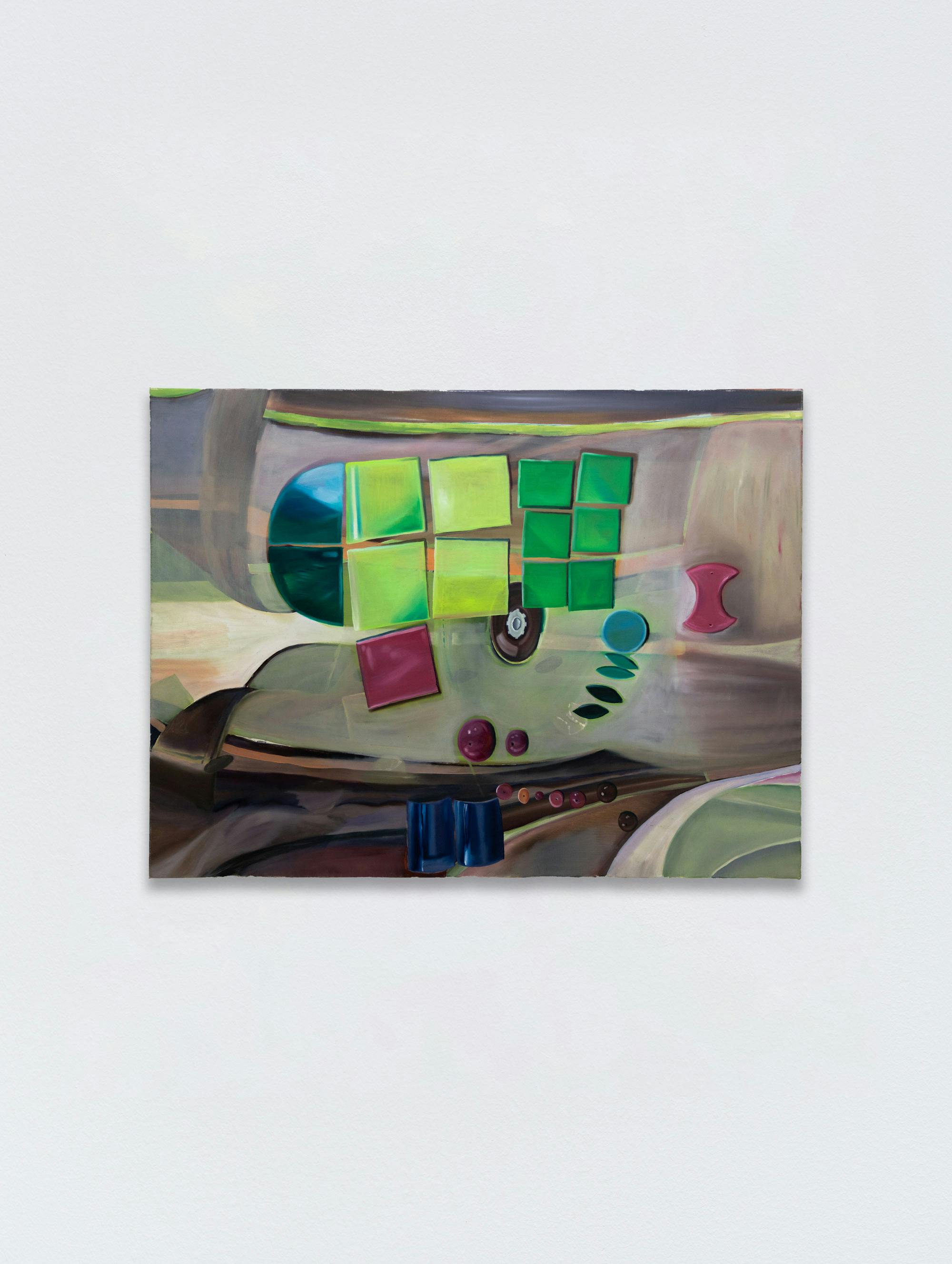
Kati Kirsch
Tile, 2023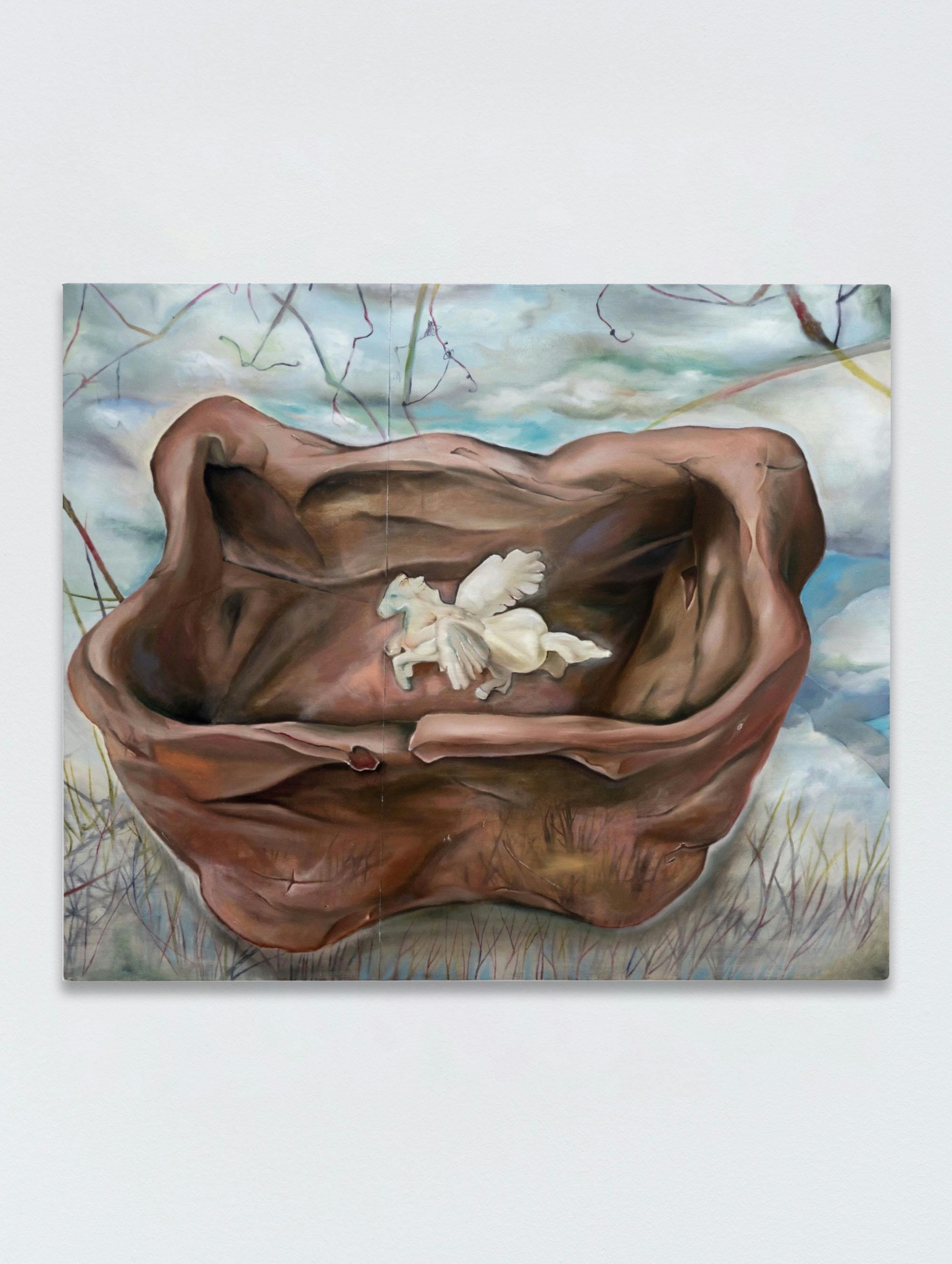
Kati Kirsch
Container, 2023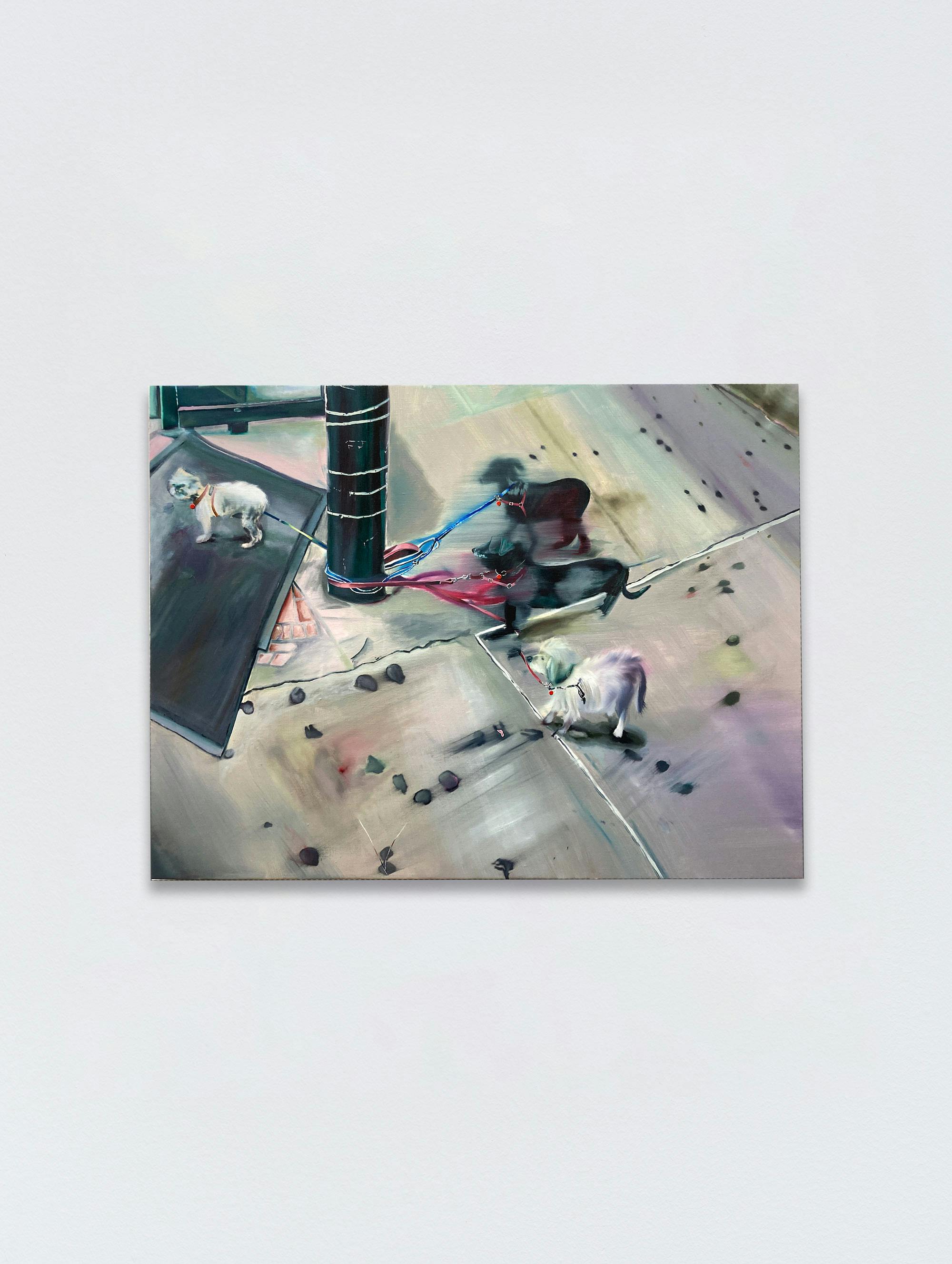
Kati Kirsch
Dynamism 2, 2023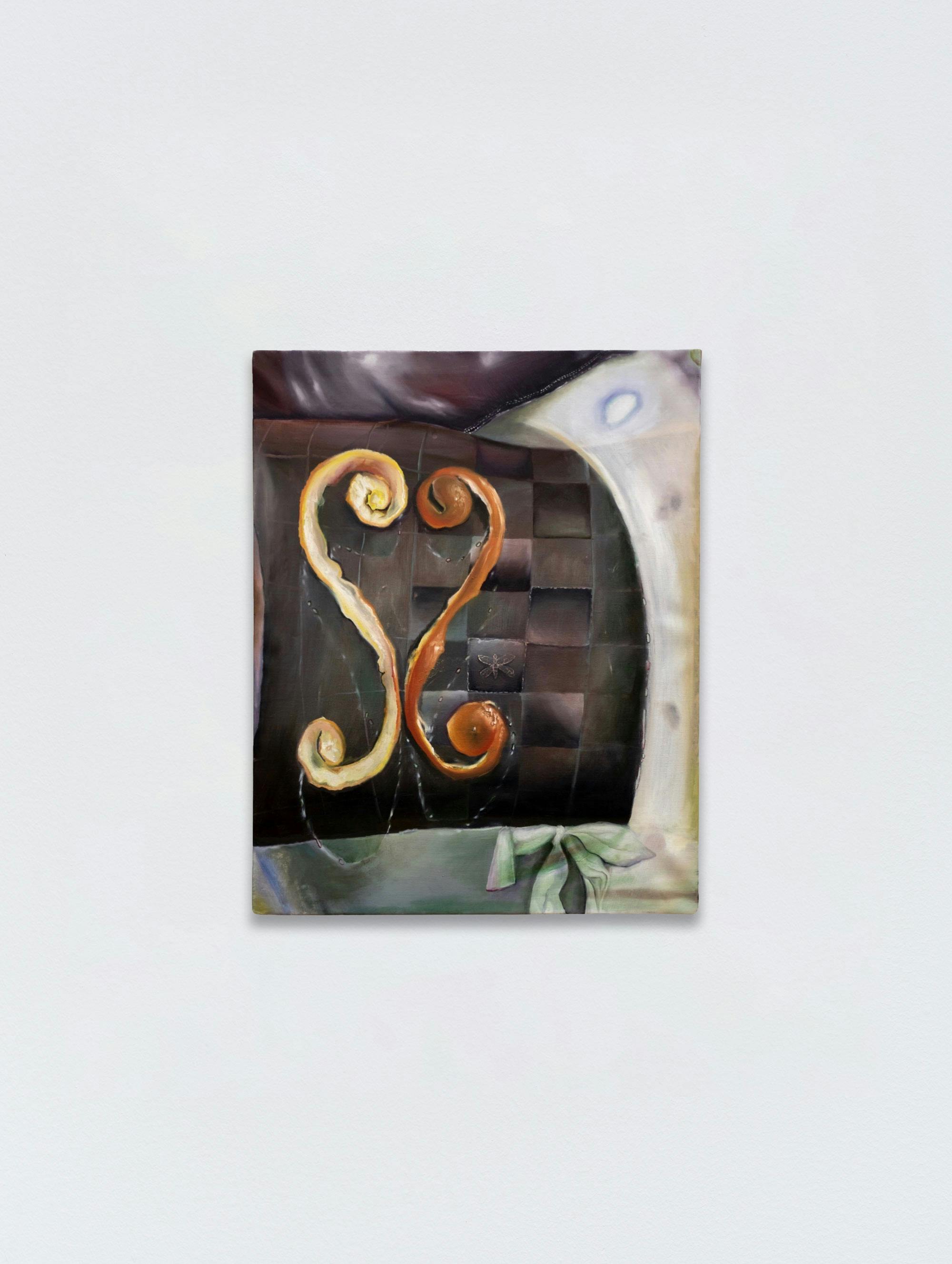
Kati Kirsch
Peel, 2023Appears In...
CV
Kirsch received a BFA in Fine Arts from Pratt Institute. Her work has been exhibited at Future Fair, New York, NY (2023); HereArts, New York, NY (2023); and Lagoon, Brooklyn, NY (2023), among other venues. Kirsch has curated virtual and physical exhibitions with Osseous Matter, New York, NY (2023) and the Dekalb Gallery at Pratt Institute, New York, NY (2022).
Artist Statement
My paintings sympathize with both the outsider looking in and the insider looking out. They are “within” and “without” all at once. My work stems from the conviction that idea-to-painting should not be a one-to-one translation. Information gets added, obscured, or totally lost along the way from a painting’s inception as a tangible, discernible starting point to a murkier end result. Often, it becomes difficult for viewers to discern what they are looking at. While highly descriptive, the paintings still rest somewhere in between the abstract and figurative realms. To me, every painting is a clue or a puzzle piece to a larger evolving system of working and thinking. I subscribe to the late painter Eberhard Havekost’s belief that “every picture has a system contact. You can always infer from a single picture to a system.” In this way, there are no individual pictures.
Each work typically contains the skeletons of at least two other paintings underneath, rendering a complex layered depth to my surfaces. This depth is part of the mapping that occurs in my painting process as I sew unlikely connective threads between various disparate entities. There is a sense of play ever present, and an underlying love for the object and view of objects as imbued with life and magical powers. I strive to highlight the synchronicities and anomalies within everyday life through depictions of found objects and found compositions.
My practice pushes back on existential dread and suggests alternative means for carving out a path with hope. Often, my works turn to absurdity or humor for answers where logic fails.